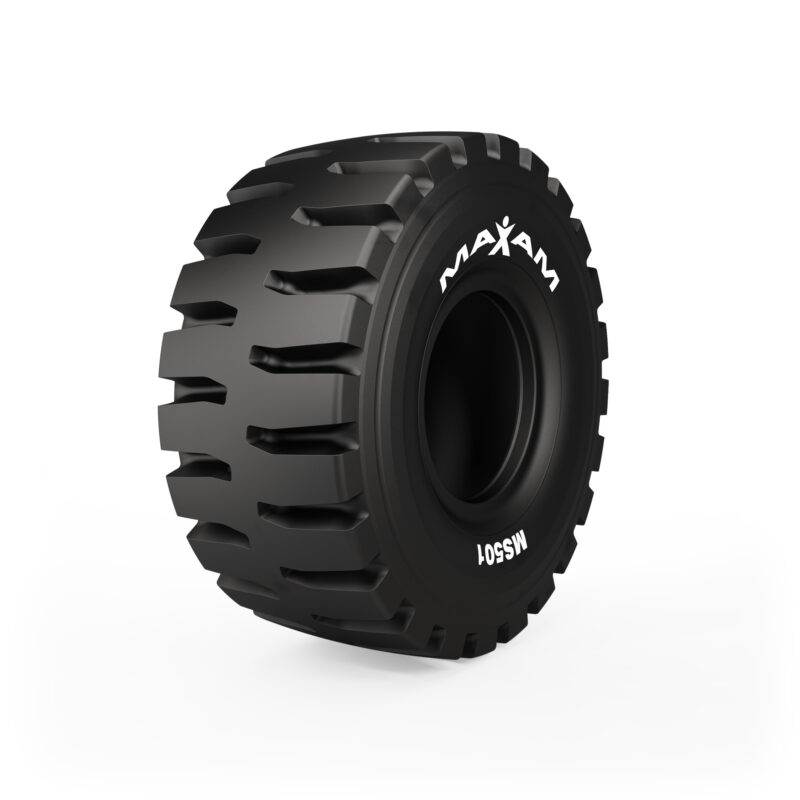Earthmover and haulage tires represent massive investments, both financially and operationally. Weighing several tons, these engineering marvels withstand brutal quarry floors and mining pits, but their Achilles’ heel emerges off the job.
Mishandling during transport, storage, or mounting can inflict irreversible damage, leading to premature failure and costly downtime. At MAXAM, we engineer tires to conquer terrain, but how they’re treated before they touch the ground is just as critical.
Key Areas on Your Earthmover Tires
Three areas that require care:
- The Bead:
- The Risk: Crushing or nicking this inner circle prevents an airtight seal with the wheel.
- The Consequence: Slow leaks, sudden de-seating, or complete failure under load.
- The Sidewall:
- The Risk: Thin rubber over steel cords; pierces easily if scraped or punctured.
- The Consequence: Structural collapse during operation.
- The Inner Liner:
- The Risk: Invisible cuts from dragging or impact.
- The Consequence: Moisture intrusion corroding casing materials.
What to Avoid Handling Large Tires
- Never lift with metal chains or hooks: They concentrate force on bead seats, deforming rubber.
- Never use forklift forks: Stabbing the sidewall severs steel belts instantly.
- Never drag tires: Abrades the inner liner, inviting corrosion.
Maxam Approved Handling Protocols
- Use a smooth clamp and handle by the tire tread with ease on the sidewall.
- Use a boom attachment on a forklift and handle through the tire’s center.
- Use only flat textile slings or straps and secure through the tire center.
- Use hands or clamps with pins and only handle by the tread area.
The Operator’s Checklist
- Inspect Tools Daily: Frayed slings? Replace them. Bent clamps? Retire them.
- Know the Proper Operation: Understand the do’s and don’ts with operator tips every site should follow.
- Store Strategically: Stack horizontally on padded racks.
Proper handling of earthmover and haulage tires is critical to avoid irreversible damage and costly downtime. Always use specialized equipment, while strictly avoiding metal chains, hooks, or forks that pierce sidewalls or crush beads.
Focus protection on three fragile zones: the bead, sidewalls, and inner. Follow MAXAM’s protocols, prioritize team training, and your operations will be well on their way to success.
READ NEXT: [5 Radial Tire Myths Debunked]

















